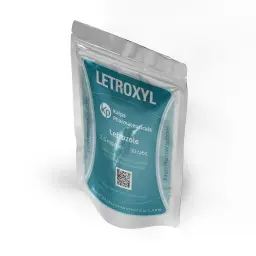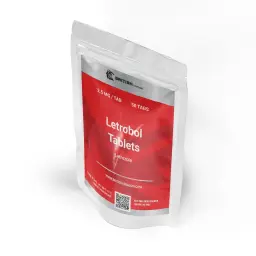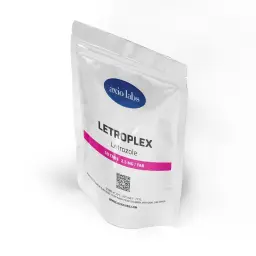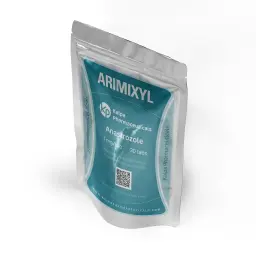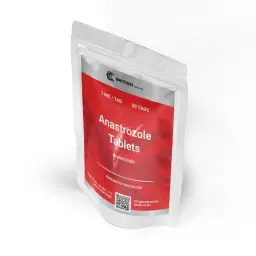Gynecomastia
Gynecomastia is a condition characterized by development and enlargement of breast tissue is male subjects. It may occur temporarily in newborns and is experienced by half or more of adolescent boys during puberty, though 75% of these cases resolve themselves within 2 years. Gynecomastia is also a common side effect of steroid usage. Increasing the levels of androgens in the body causes estrogen levels to rise as well. This means that in addition to promoting classically male attributes such as large muscles and increased strength, feminine attributes such as breasts can occur.
Popular Perception of Gynecomastia
The biggest negative result pertaining to gynecomastia is the perception by others. With the exception of minor pain or sensitivity, gynecomastia is largely an aesthetic concern. In the bodybuilding community, a high value is placed on appearance. This is especially true in the case of bodybuilding competitions. As a result, gynecomastia is addressed in a somewhat derogatory manner. Common terms used to describe gynecomastia are "moobs," (a portmanteau of "man boobs"), "bitch tits," or simply "gyno." It has been said that the worst fear of bodybuilders is gynecomastia.
An example of a bodybuilder with (left) and without (right) gynecomastia:
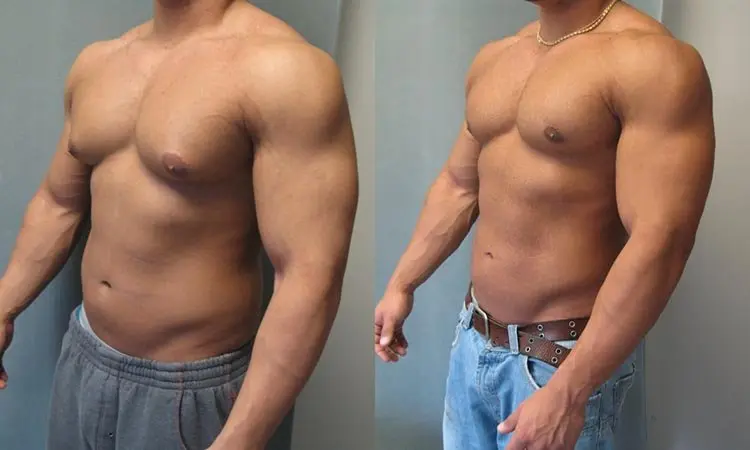
Gynecomastia Symptoms
Gynecomastia occurs as a result of altering the ratio of androgens and estrogens in the male body. The most obvious feature is firm or rubbery chest tissue extending outwards from the nipple/areola. Growth may occur on one or both sides and can cause significant stress and anxiety. An increase in the diameter or a noticeable asymmetry of chest tissues can also indicate gynecomastia. In some cases gynecomastia can be mistaken for breast cancer by an uninformed observer. While gynecomastia is unpleasant and unsightly, it is also benign.
Prevention
As previously mentioned, gynecomastia is a result of increased estrogen. In the case of bodybuilders and athletes, this can easily be brought about by prolonged steroid use. In order to prevent gynecomastia, as well as other side effects, steroid users employ anti estrogen and or aromatase inhibitor medications. Substances such as Clomid, Nolvadex and Femera are used to minimize production and effects of estrogenic compounds in the body. Because many of these medications were developed for the treatment of breast cancer, they are ideally suited to slowing or reversing growth of breast tissue.
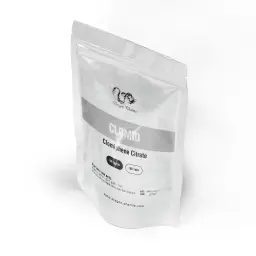
Compound: Clomiphene Citrate
Strength: 50 mg/tab
Container: 100 Pills in Sachet
Manufacturer: Dragon Pharma
Lab Tested: View Result
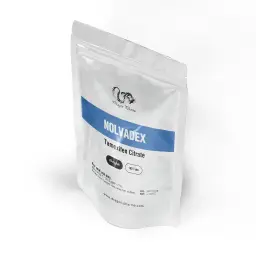
Trade Name: Nolvadex
Compound: Tamoxifen Citrate
Strength: 20 mg/pill
Container: 100 Pills in Sachet
Manufacturer: Dragon Pharma
Lab Tested: View Result
Treatment Options
Gynecomastia treatment usually revolves around anti estrogen medications such as SERMs (Selective Estrogen Receptor Modulators) and aromatase inhibitors are used to control and manage the levels of estrogen within the body as well as the effectiveness of the estrogen receptors. Both of these classes of drug can help minimize or reverse the effects of gynecomastia though they have not been specifically approved by the FDA to do so. In some cases, gynecomastia cannot be reversed through medication or diet. In these situations, medical intervention including surgery may need to be considered.
Letrozole
One of the most popular medications for the treatment of gynecomastia is Letrozole. Letrozole is an orally adminstered aromatase inhibitor. Itinhibits the production of estrogen by itself binding to the aromatase enzyme, preventing androgens from being converted by 98% or more. In some cases letrozole can cause joint pain, sweating, hot flashes and fatigue. Letrozole is available under such trade names:
Anastrozole
Anastrozole, popularly known as Arimidex is a non-steroidal aromatase inhibitor. It is practically very similar to Letrozole and is frequently used as a first line treatment. Arimidex is slightly older than Letrozole and has therefore been in use for a longer period of time. There is anecdotal evidence that patients being administered Anastrozole experience a higher instance of aches or muscle pain which may prompt a switch from one to the other. Anastrozole is available under such trade names:
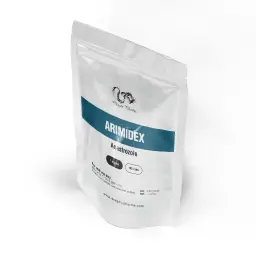
Trade Name: Arimidex
Compound: Anastrozole
Strength: 1 mg/pill
Container: 100 Pills in Sachet
Manufacturer: Dragon Pharma
Lab Tested: View Result
Surgical Intervention
In some more severe cases, surgical intervention may be required to reverse gynecomastia. This procedure is referred to as a mastectomy. In the case of gynecomastia it may be combined with a form of liposuction to remove excess adipose tissue. This is the most drastic method of treatment for gynecomastia and should not be undertaken lightly. Even the most minor of invasice surgeries carry significant risk. Ideally, gynecomastia should be treated, or even prevented, before it becomes permanent.
Steroid induced gynecomastia is a very preventable condition. With proper attention to dosage and time limits, many bodybuilders will never experience it. In the case of more zealous bodybuilders, gynecomastia does become a concern, but even then it can be easily prevented with the use of relatively easy to obtain substances. The key factor is to simply do your research and be careful. As long as you're following the right guidelines and have an eye out for side effects like gynecomastia you should be just fine.
Articles
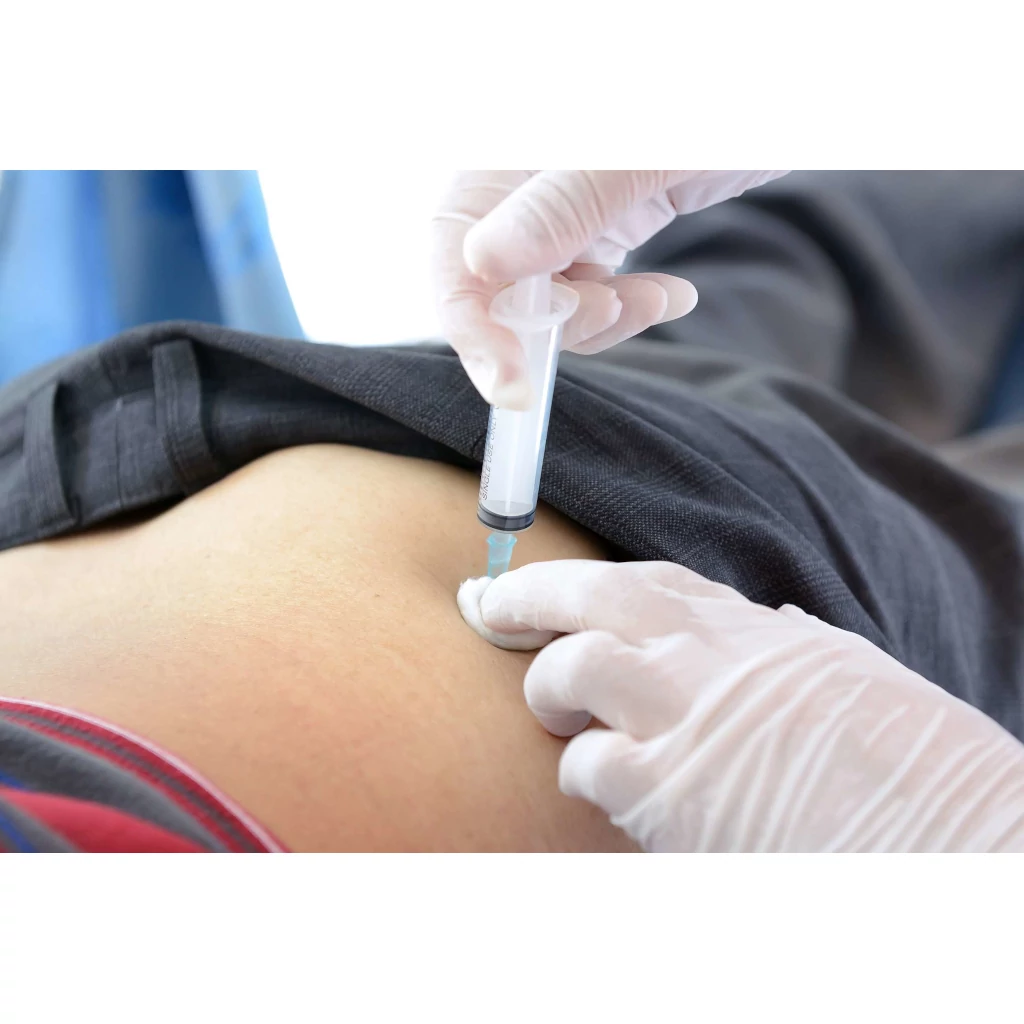
First of all it depends on how big you are! Some people do more and some do less but after a few cycles you’ll probably be able to tell what your body can handle just by the way it responds and feels. The basic guidelines are listed below for you.
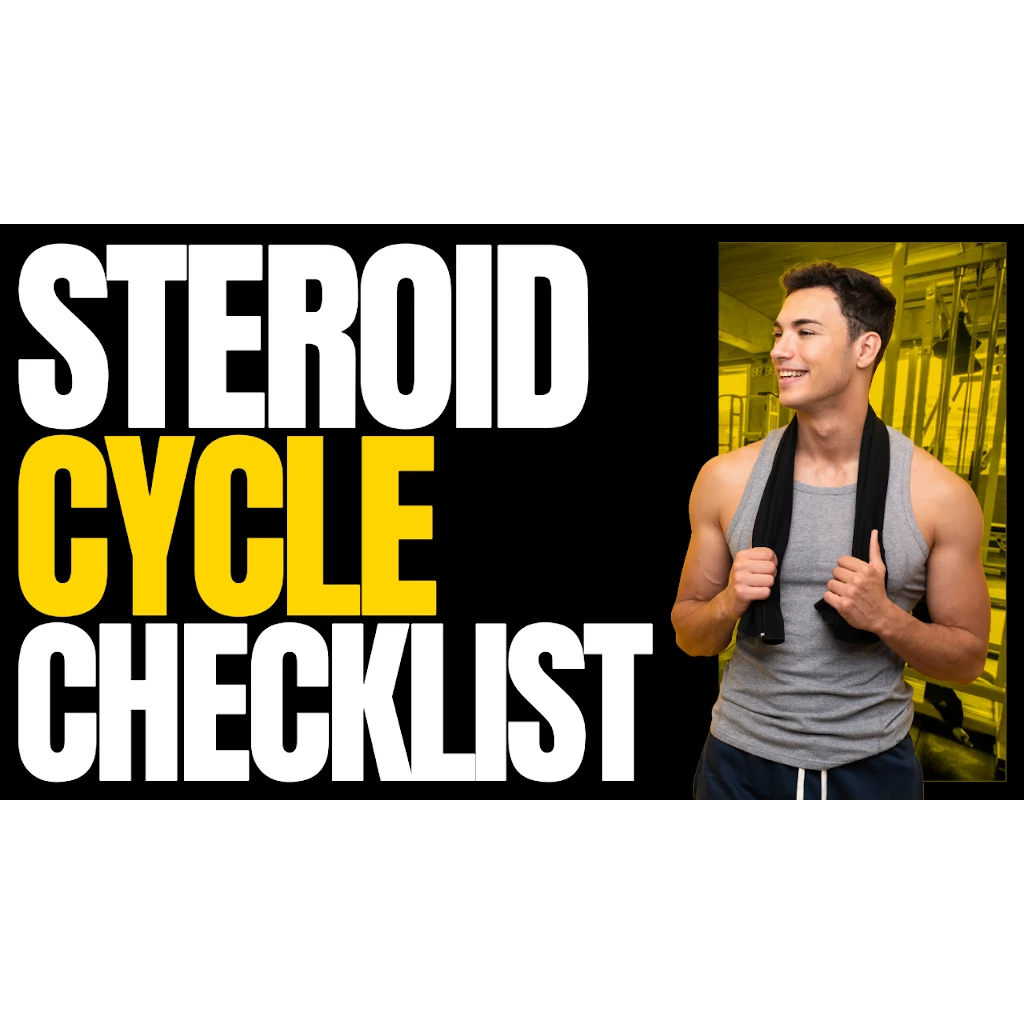
When administering a steroid cycle, it is important to be as prepared as you can be. You don't want to find yourself in the middle of a cycle and discover you're out of a certain medication, don't have enough syringes or needles, or in a situation or location that prohibits you continuing the cycle normally.

For those new to the world of steroids, it can be a little intimidating. From the whole slew of drugs to choose from, the host of side effects, to the scientific terms, it can be off putting. This is precisely the reason that we have typed up this beginner's cycle example!
Customers Feedbacks
Please leave your feedback on products or service below.
Thank you beforehand.



